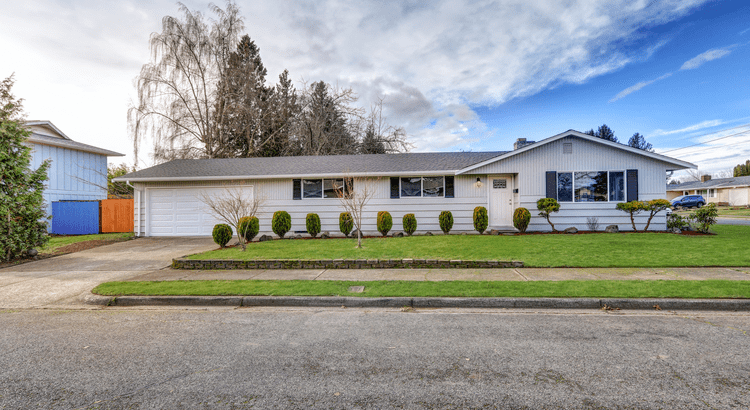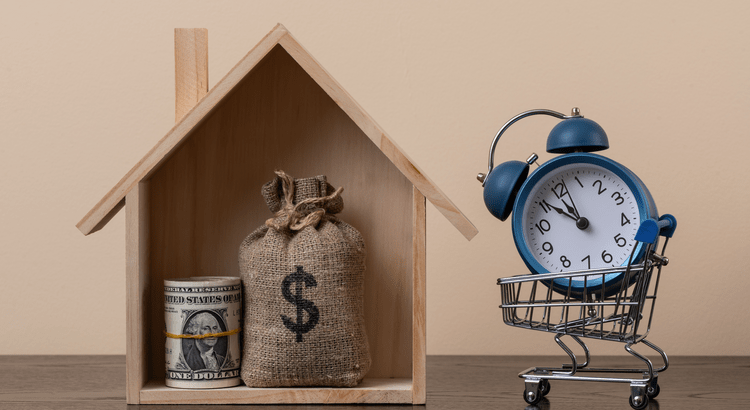Determine how much insurance you need for your home’s structure can be more of an art than a precise science. These insights from the Insurance Information Institute provide a solid, objective framework.
Standard homeowners’ policies provide coverage for disasters such as damage due to fire, lightning, hail and explosions. Those who live in areas where there is risk of flood or earthquake will need coverage for those disasters, as well. In every case, you’ll want the limits on your policy to be high enough to cover the cost of rebuilding your home.
The price you paid for your home—or the current market price—may be more or less than the cost to rebuild. And if the limit of your insurance policy is based on your mortgage (as some banks require), it may not adequately cover the cost of rebuilding.
While your insurer will provide a recommended coverage limit for the structure of your home, it’s a good idea to educate yourself as well. To make sure your home has the right amount of structural coverage, consider:
Major factors that will impact home rebuilding costs
- Local construction costs
- The square footage of the structure
For a quick estimate of the amount of insurance you need, multiply the total square footage of your home by local, per-square-foot building costs. (Note that the land is not factored into rebuilding estimates.) Give me a call if you want a more detailed idea about construction costs in our community.
- Details that can impact home rebuilding costs
- The type of exterior wall construction—frame, masonry (brick or stone) or veneer
- The style of the house, for example, ranch or colonial
- The number of bathrooms and other rooms
- The type of roof and materials used
- Other structures on the premises such as garages, sheds
- Special features such as fireplaces, exterior trim or arched windows
- Whether the house—or a part of it—was custom built
- Improvements you’ve made that have added value to your home, such as the addition of second bathroom, or a kitchen renovation
Other considerations
Whether or not your home is up to code
Building codes are updated periodically and may have changed significantly since your home was built. In the event of damage, you may be required to rebuild your home to the new codes and homeowners insurance policies (even a guaranteed replacement cost policy—see below) generally won’t pay for that extra expense. If you suspect that elements of your home are not up to current building codes, consider getting an endorsement to your policy called an Ordinance or Law, which pays a specified amount toward bringing a house up to code during a covered repair. Whether your home is older with hard-to-replace features.
Lovely, special features on older homes—like wall and ceiling moldings and carvings—are expensive to recreate and some insurance companies may not offer replacement policies for that reason.
If you own an older home, you may have to buy a modified replacement cost policy. This means that instead of repairing or replacing features typical of older homes—like plaster walls—with like materials, the policy will pay for repairs using today’s standard building materials and construction techniques.
Allowing for possible increased cost of building materials
Inflation can impact rebuilding costs. If you plan on owning your home for a while, consider adding an inflation guard clause to your policy. An inflation guard automatically adjusts the dwelling limit to reflect current construction costs in your area when you renew your insurance.
After a major catastrophe such as a hurricane or tornado, construction costs may rise suddenly because the price of building materials and construction workers increase due to the widespread demand. This price bump may push rebuilding costs above your homeowners policy limits and leave you short. To protect against this possibility, a guaranteed replacement cost policy will pay whatever it costs to rebuild your home as it was before the disaster. Similarly, an extended replacement cost policy will pay an extra 20 percent above the limits (possibly more, depending on the insurance company).
Determine how much insurance you need for your possessions
Most homeowners insurance policies provide coverage for your belongings at about 50 to 70 percent of the insurance on your dwelling. However, that standard amount may or may not be enough. To learn if you have enough coverage: Conduct a home inventory of your personal possessions.
In order to accurately assess the value of what you own, it’s highly advisable to conduct a home inventory. A detailed list of your belongings will not only help you figure out how much insurance you need, but it will also serve as a convenient record. In the event any or all of your stuff is stolen or damaged by a disaster an inventory will make filing a claim much easier.
While you’re reviewing your possessions, think about whether you want to insure them for actual cash value (where the policy would pay less money for older items than you paid for them new) or for replacement cost (which would cover to replace the items). The price of replacement cost coverage for homeowners is about 10 percent more but is generally a worthwhile investment in the long run. (Note that flood insurance for belongings is only available on an actual cash value basis.)
If you think you need more coverage, contact an insurance professional and ask about higher limits for your personal possessions.
Take stock of your expensive items
There are limits on how much a standard homeowners insurance policy will cover for items such as jewelry, silverware, collectibles and furs. For example, jewelry coverage may be limited to under $2,000. Some insurance companies may also place a limit on what they will pay for computers.
Check your policy (or ask your insurance professional) for the limits of your coverage for any expensive items. If your home inventory includes items for which the limits are too low, consider buying a special personal property floater or an endorsement. This will allow you to insure valuables individually or as a collection, with significantly higher coverage limits.
Determine how much additional living expense insurance you need
Additional Living Expenses (ALE) is a very important feature of a standard homeowners insurance policy. If you can’t live in your home due to a fire, severe storm or other insured disaster, ALE pays the additional costs of temporarily living elsewhere. It covers hotel bills, restaurant meals and other living expenses incurred while your home is being rebuilt.
If you rent out part of your house, this coverage also reimburses you for the rent that you would have collected from your tenant if your home had not been destroyed.
Many policies provide coverage for about 20 percent of the insurance on your house. But ALE coverage limits vary from company to company. For example, there are policies that provide an unlimited amount of coverage, for a limited amount of time, while others may only set limits on the amount of coverage. In most cases, you can increase ALE coverage for an additional premium.
Determine how much liability insurance you need
The liability portion of homeowners insurance covers you against lawsuits for bodily injury or property damage that you or family members or pets cause to other people, as well as court costs incurred and damages awarded.
You should have enough liability insurance to protect your assets. Most homeowners insurance policies provide a minimum of $100,000 worth of liability insurance, but higher amounts are available and, increasingly, it is recommended that homeowners consider purchasing at least $300,000 to $500,000 worth of liability coverage. If you own property and or have investments and savings that are worth more than the liability limits in your policy, consider purchasing a separate excess liability or umbrella policy.
If you’re wondering about the insurance levels you have in the event of an emergency, give me a call. I work with several amazing insurance professionals who understand this market and can help you evaluate your needs.










